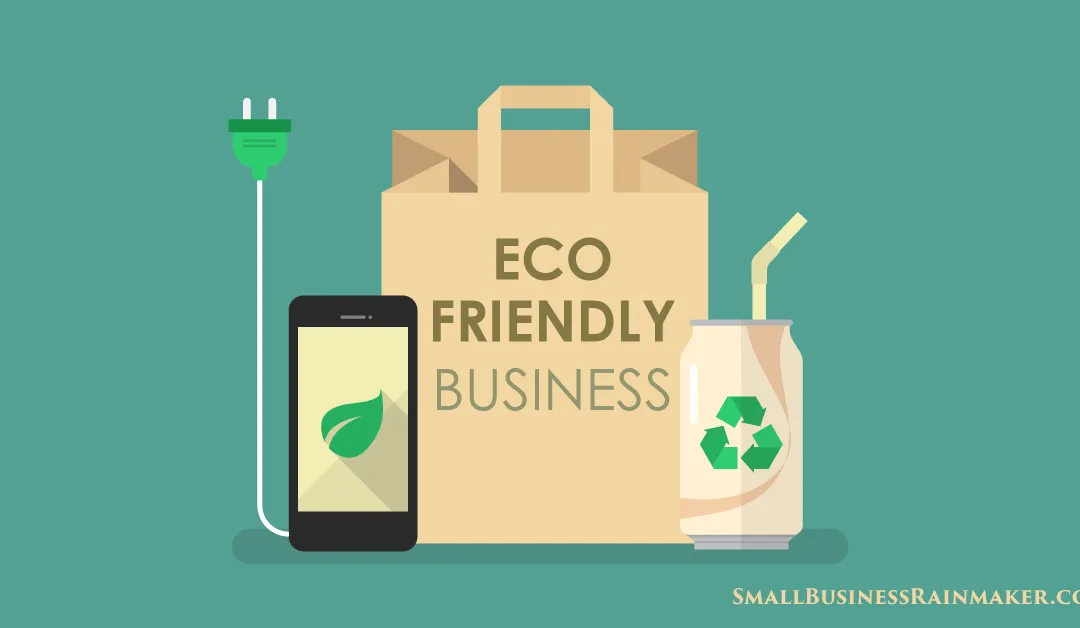You might have heard the term environment sustainability at least once in your lifetime. But have you figured out what it means for businesses and what you have to do with it? Well, the term is greatly linked to the corporate world and companies play a major role in maintaining it.
Environment sustainability refers to the use and management of natural resources in a responsible manner so that current needs can be met without compromising the ability of future generations to meet theirs. Businesses across the globe are aware that a change towards sustainability is becoming increasingly essential.
Hence, every company tries to be green and eco-friendly. However, the question is how to become an environmentally sustainable company. If you are here to learn that too and be eco-friendly, this guide is for you. So let it dive in and explore the topic in the detail.
-
Perform a Sustainability Audit
Before fixing any issues, it’s necessary to identify where you are lacking. Hence, the first step in making your company environmentally sustainable begins with knowing where you stand on environmental terms.
Go through a detailed audit of your company’s operations to find where you are using up the most resources and producing the most waste. For instance, you should evaluate factors like energy and water consumption, waste production, and supply chain practices. This audit will set a benchmark and aid in setting goals for particularly important areas.
-
Define Positive and Achievable Goals
After thoroughly auditing your company’s sustainability profile, you should begin working toward your goals. The first step in this regard includes establishing realistic and firm sustainability goals. You can choose any environmental goals that seem achievable according to your company.
Ensure that these objectives fulfill the S.M.A.R.T. criteria which stands for specific measurable attainable relevant or time. They could be in the form of reduced carbon emissions, less waste, increased use of renewable energy sources, or the utilization of sustainable materials. For instance, you could make it your objective to reduce the amount of energy you use by an extra ten percent over the following year.
-
Use of Energy-Efficient Practices
Energy consumption is the major component that decides the company’s environmental footprint. It is vital to understand how much energy is consumed as a whole and how it can be cut down to the lowest possible.
Switch to energy-efficient processes and systems with upgrades to new, more efficient, energy-conserving appliances, tools, gadgets, and transportation. Use natural resources such as solar, wind, or geothermal energy. Promote energy conservation among employees, such as turning off lights and equipment when not in use.
-
Reduce, Reuse, Recycle
The 3 R’s is another important strategy corporate sectors utilize to focus on environmental sustainability practices. It includes reducing, reusing, and recycling resources to be eco-friendly and sustainable in terms of the environment. Utilizing recycling, reusing, and reducing principles within your business means reducing packaging and promoting digital documentation over paper to reduce waste.
Similarly, reusing materials wherever possible and recycling programs on paper, plastic, and electronic waste. For this purpose, it is important to have a well-designed and strong management strategy. All your company’s departments should actively participate in the process and play their role.
-
Sustainable Supply Chain Management
Environmental sustainability is not a one-man show where your business, all alone, has to fulfill its responsibilities. Rather, it requires mutual cooperation among bodies involved in your company’s day-to-day activities. Therefore, you should negotiate with your suppliers regarding the matter and your decision and goals.
Ask them to make sustainable behavior a part of their operations. Work with suppliers that focus on sustainable and eco-friendly materials. For instance, when it comes to product development, think about the complete product life cycle from acquisition to discarding and select recyclable or biodegradable materials for them.
-
Green Office Culture
Every single employee of your company is a building block of an eco-friendly and environmentally sustainable business. Hence, you should approach, educate, and engage every employee regarding sustainability initiatives to create a green office culture.
Teach employees about the worth of sustainability, how they can play their part in it, which things to implement, and what practices to avoid. Promote sustainable modes of commute to a workplace that may include carpool, bike, and public transport. Adopt remote work policies, decreasing the carbon emissions associated with commutes.
Conclusion
The planet Earth highly depends on natural resources for a range of daily activities. However, these resources are formed as a result of thousands of years of evolution and hence can’t be recreated by humans themselves. Therefore, it is crucial for them to think about energy sustainability individually and as working bodies. The efforts done by companies and businesses can be more effective as compared to single persons’. The article describes some common ways to help the company become an environmentally sustainable company. Through a sustainability audit, goal setting and designating energy-efficient practices, as well as community engagement projects, your company can go a long way to reducing its environmental footprint. Embarking on the journey towards sustainability is advantageous not only to save our planet but also in terms of the perception of your company as a leader in sustainable business practices that better resonates with the growing interest of consumers and investors in everything eco.































